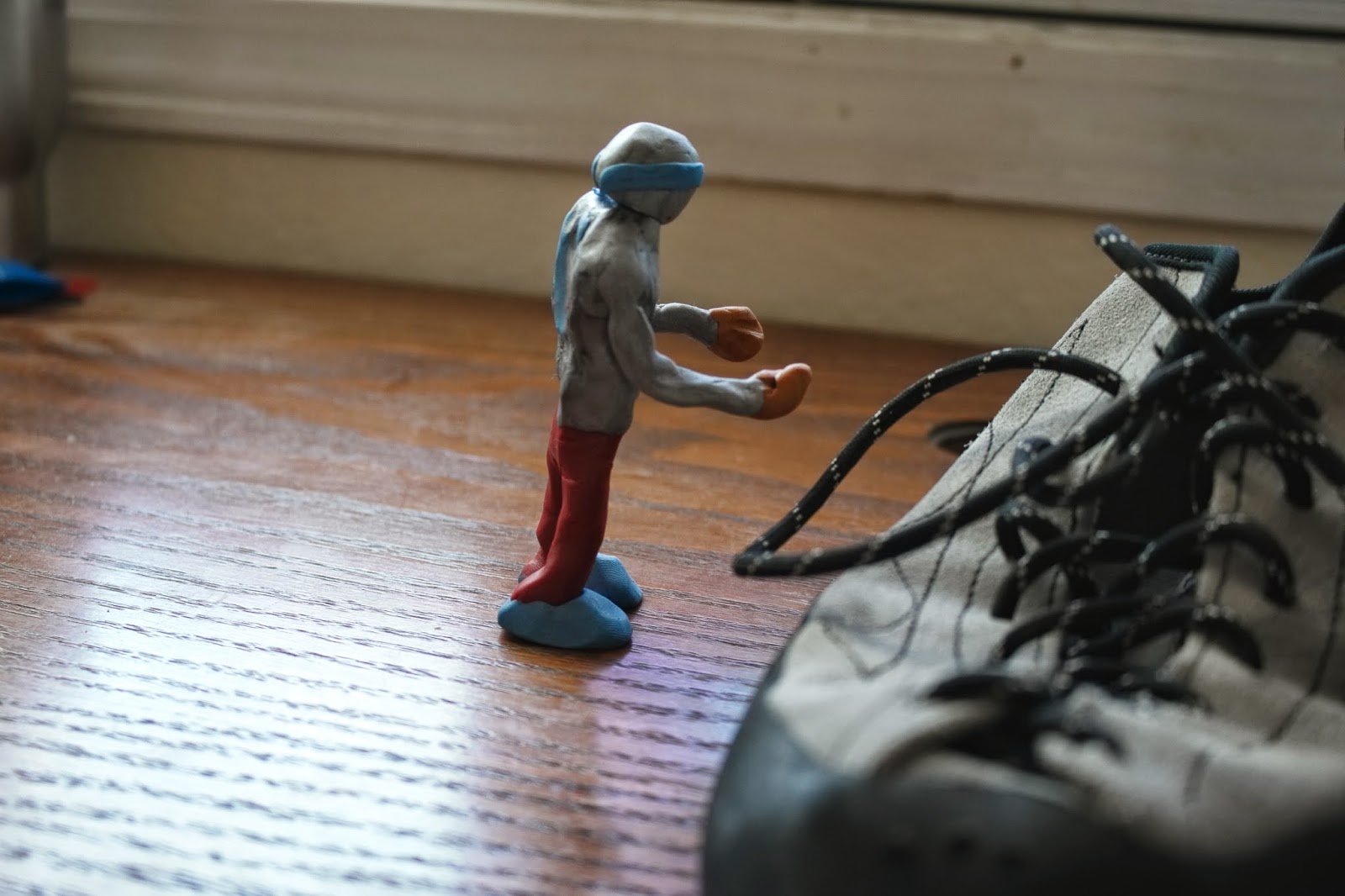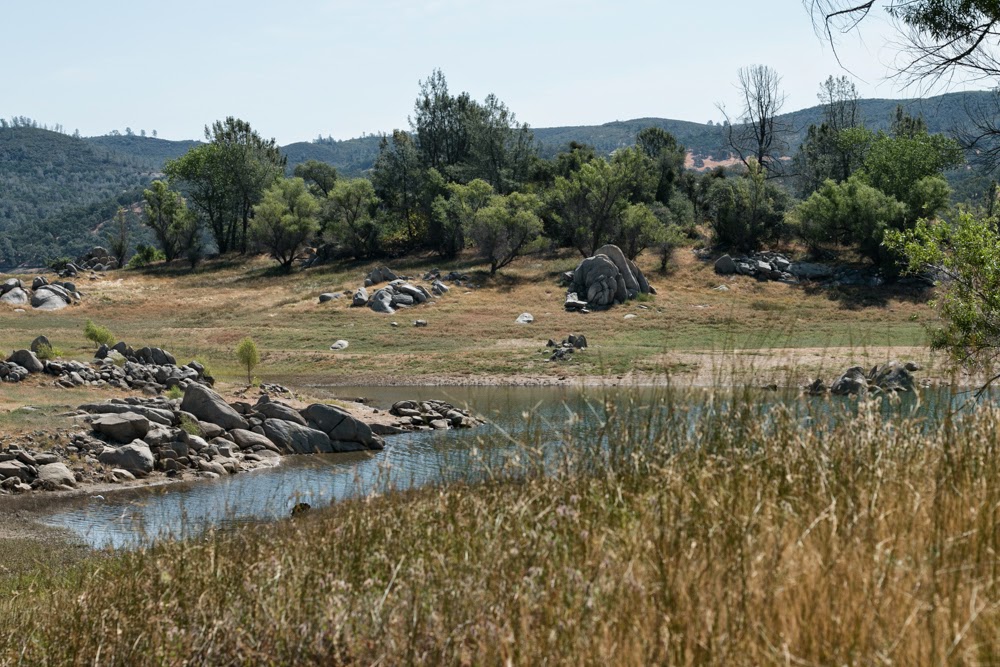Hello everyone. It feels like I was gone for a long time. I was just on a trip to the American River near Sacramento for the last couple of days so there was no post Monday, Tuesday or Wednesday.
Anyways I got to climb some fun stuff and went white water rafting. All the climbs were top roped which was fine with me since the area where we climbed was a huge ledge with quite a distance to the river. So we kept things safe.
The area was called Billy Goat and offered a bunch of simple fun routes. I think the hardest was a 5.10b, 6A.
The first climb I did was up the side of a large flake of the rock 6 meters to a finger crack that went three meters to the top. This route was called ant hill and was 5.7, 4, I think. Easy, Fast and fun.
Next I climbed the route called Chimney. Which you could chimney up or climb the face which was slightly more challenging. I would grade it 5.8, 5A. There were really nice hand holds at the start that led to a slightly right angled crack. Once you were up the crack, then you had to get on top of a thick small flake. The flake was like the head of a hammer and I had to reach to get a sketchy hand jam and toe jam to get on top. Which was the definite crux of the problem.
The next two climbs were my favorite of the time there. They were both challenging and I'll save the best for last.
The first climb had three different ways that you could start the climb. Two of the ways made it 5.9+, 5B/C. The first way I started it was hugging a small section of the rock to get to a perched boulder. Once on top of the boulder you can make a lunge move to a knob on the face around the corner. This was an easier way but there was my way which was straight up.
Going straight up was definitely worth it. There was friction for feet to get the undercling after stemming the corner. When you got to the edge there was the possibility for a small toe jam and fist jam to get past the crux section. Then it was a smooth walk up to the anchor in a sense.
The other way to do this same climb was to follow the face on the arete which had a small selection of spread out small, sloped knobs for hands and feet. I think in total there were five over the 10 meter climb.
The final climb that I did was a finger crack. It started with a beautiful thin flake and then went into the crack system. There weren't any great foot options and I tried to get some type of edge on the crack mostly using just friction. At the crux before an easier top out there was a shear smooth spot that went from fingers to a meter of fist crack with no feet. This was definitely a fun crack climb.
So that has been the last couple of days. I'm excited to be back and had tons of fun in the end. Also, I am announcing that I will be working on videos that show how to tie and use knots so that they can be on here for the Friday Knot for Thought. So hopefully I can start that for tomorrow's knot and if "knot" (not), I will have it for sure next friday. I hope that all of you are having climbing adventures of your own. Let me know what you have been up to. It would be great to know and share.
—Keep Climbing!—
 180º South is a great documentary that is available on Netflix. It follows one man's dirtbag climbing/ adventure lifestyle as he heads to Patagonia to climb.
180º South is a great documentary that is available on Netflix. It follows one man's dirtbag climbing/ adventure lifestyle as he heads to Patagonia to climb.






































